Market Share
Biofortification Market Share Analysis
Biofortification Market has gained significant attention in recent years due to its potential to address malnutrition and improve public health by enhancing the nutritional value of food crops. To establish and maintain a competitive advantage in this market, companies employ various market share positioning strategies:
Product Innovation and Research: Companies invest in research and development to develop biofortified crop varieties with enhanced nutritional profiles. This may involve traditional breeding techniques or advanced biotechnological approaches such as genetic engineering and genome editing. By introducing novel biofortified crops with improved levels of essential nutrients such as iron, zinc, vitamin A, and vitamin C, companies can differentiate their products and attract consumers seeking healthier food options.
Brand Building and Awareness: Building a strong brand presence and raising awareness about the benefits of biofortified crops are essential for gaining consumer trust and acceptance. Companies engage in marketing campaigns, educational initiatives, and public relations efforts to communicate the nutritional advantages of biofortified foods and promote their consumption. Collaborations with international organizations, government agencies, and non-profit organizations can also help raise awareness about biofortification and increase market demand for biofortified crops.
Market Segmentation: Understanding the diverse needs and preferences of consumers is essential for effective market segmentation in the biofortification market. Companies identify different consumer segments such as low-income populations, vulnerable groups, health-conscious consumers, and food manufacturers, and tailor their marketing strategies to target each segment effectively. By offering biofortified crops that cater to the specific nutritional requirements and dietary preferences of different consumer groups, companies can maximize their market penetration and capture a larger share of the market.
Collaboration and Partnerships: Collaboration with various stakeholders along the value chain, including agricultural research institutions, seed companies, farmers' associations, and food processors, is crucial for driving adoption of biofortified crops. Companies form strategic partnerships to leverage complementary expertise, share resources, and accelerate product development and commercialization. Collaborative efforts to promote biofortification initiatives, such as public-private partnerships and multi-stakeholder alliances, can also help create synergies and overcome barriers to market entry and acceptance.
Price Competitiveness and Accessibility: Ensuring affordability and accessibility of biofortified crops is essential for reaching target consumers, particularly in low-resource settings. Companies implement pricing strategies that make biofortified foods accessible to vulnerable populations while ensuring profitability and sustainability. Government subsidies, incentives, and targeted interventions can help reduce production costs and make biofortified crops more affordable for smallholder farmers and low-income consumers, thereby increasing market demand and adoption.
Regulatory Compliance and Standards: Ensuring compliance with regulatory requirements and quality standards is critical for building consumer trust and confidence in biofortified crops. Companies adhere to national and international regulations governing food safety, biotechnology, and labeling to ensure the safety, efficacy, and integrity of biofortified products. Obtaining regulatory approvals and certifications from relevant authorities demonstrates a commitment to product quality and consumer safety, thereby enhancing market credibility and competitiveness.
Capacity Building and Education: Providing training and educational resources to farmers, agronomists, food processors, and consumers is essential for promoting adoption and utilization of biofortified crops. Companies offer agronomic support, technical assistance, and training programs to help farmers optimize crop production practices and maximize nutritional yields. Educational campaigns and outreach activities raise awareness about the benefits of biofortification and provide consumers with information on how to incorporate biofortified foods into their diets, thereby driving market demand and acceptance.
In conclusion, market share positioning strategies in the Biofortification Market revolve around product innovation, brand building, market segmentation, collaboration, price competitiveness, regulatory compliance, and education. By implementing these strategies effectively, companies can strengthen their market position, drive adoption of biofortified crops, and contribute to addressing malnutrition and improving public health worldwide.

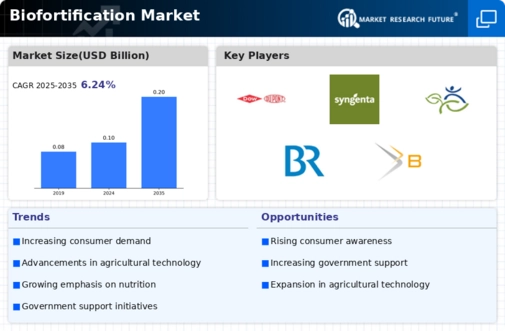

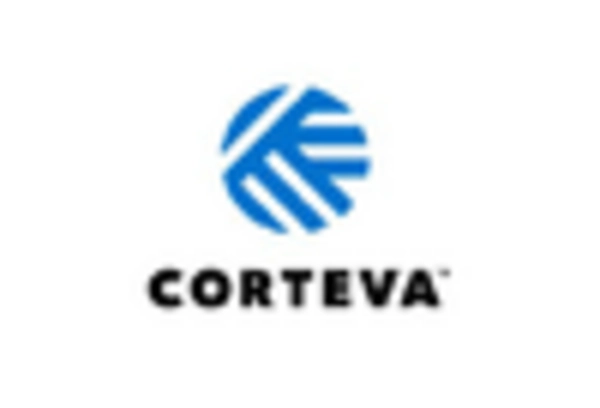
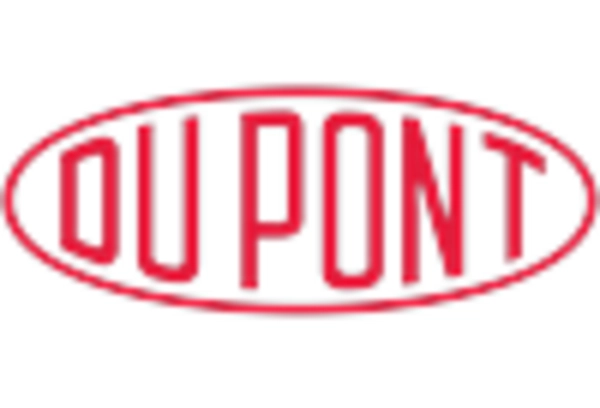
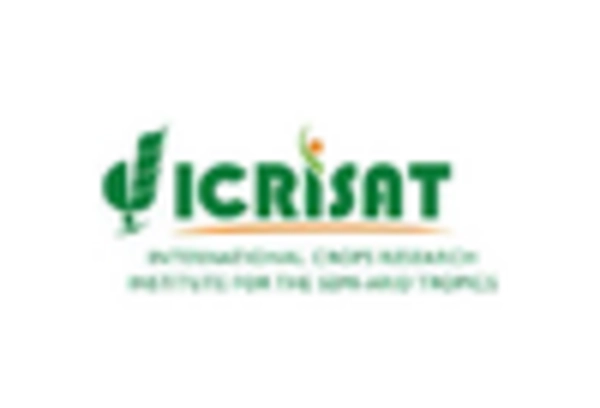

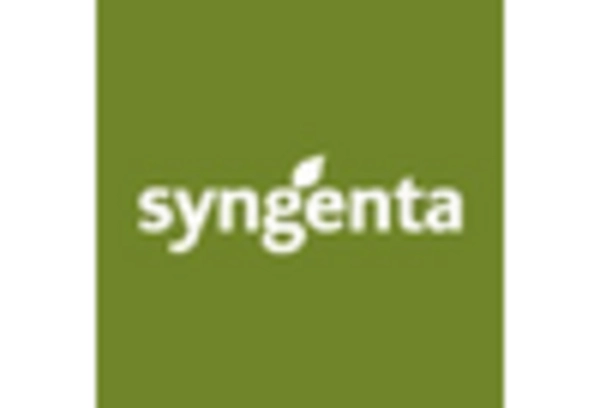









Leave a Comment